
CONTENTS
- Geography and population of India
- Official language of India
- Currency in India
- Internet in India
- Economic Development of India
- Job in India
- Working days and holidays in India
- Indian mentality
- Advertising in India
- Cryptocurrency in India
1. Geography and population of India
India, a country that occupies most of South Asia. The capital is New Delhi, built in the 20th century on the South of the historic center of Old Delhi, serves as the administrative center of India. India is a constitutional republic with a very diverse population, consisting of thousands of ethnic groups and hundreds of languages. It is home to about 1/6 of the world’s population, and is the second most populous country after China.
The land of India, together with Bangladesh and much of Pakistan, forms a well-defined subcontinent, separated from the rest of Asia by the imposing northern mountain range of the Himalayas and the adjacent mountain ranges to the west and east. In terms of area, India ranks seventh in the world. The territory of India is surrounded by the Arabian Sea in the west and the Bay of Bengal in the east.
General information about India:
Capital: New Delhi
Area: 3,287,000 km²
Calling code: +91
Internet top level domain: .in
Population: 1.39 billion
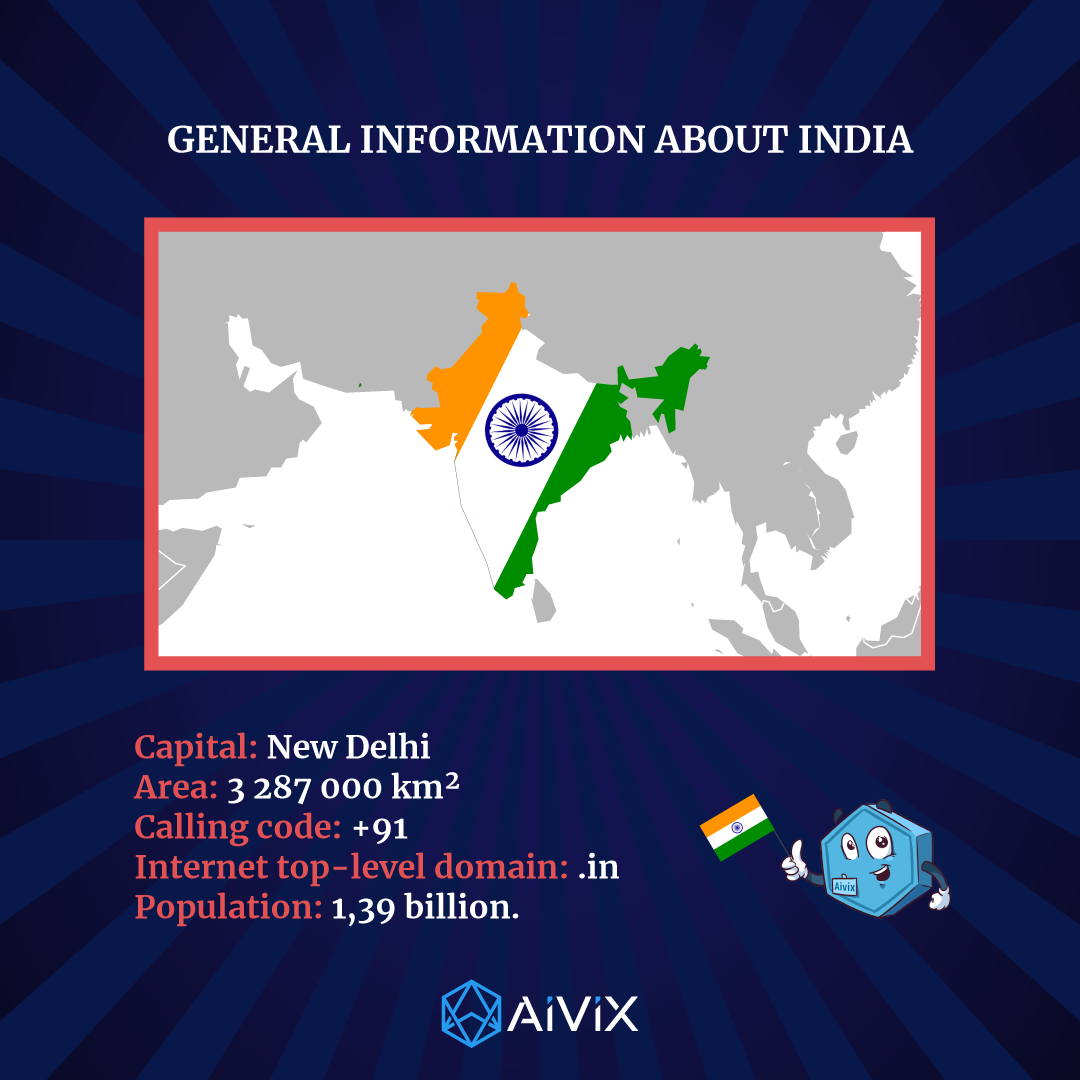
Population of India
The population of India is considered to be young. Its birth and death rates are close to the world average. More than half of the population is under 30 and less than a quarter are 45 and over. Life expectancy is about 68 years for men and 70 years for women.
The population explosion in India began after the major influenza epidemic of 1918-1919. In the following decades, up to the 1961 census, there was a steady increase in growth rates. India’s population doubled between 1947 and 1981. Although fertility has declined significantly, the much faster decline in mortality is due to the country’s accelerated population growth.
Big cities:
| № | City | Population |
| 1 | Mumbai | 12,442,373 |
| 2 | Deli | 11,034,555 |
| 3 | Bangalore | 8,443,675 |
| 4 | Hyderabad | 6,731,790 |
| 5 | Ahmedabad | 5,577,940 |
| 6 | Chennai | 4,646,732 |
| 7 | Calcutta | 4,496,694 |
| 8 | Surat | 4,467,797 |
| 9 | Pune | 3,124,458 |
| 10 | Jaipur | 3,046,163 |
2. The official language of India
There are hundreds of major and minor languages in India and many hundreds of recognized dialects, the languages of which belong to four different language families: Indo-Iranian (a subfamily of the Indo-European language family), Dravidian, Austro-Asian, and Tibeto-Burmese. The vast majority of Indians speak Indo-Iranian or Dravidian languages.
The complexity of such linguistic diversity lies in the fact that, thanks to long-term contact with each other, the Indian languages have come to converge and formed a single linguistic area – a sprachbund, comparable, for example, to that which exists in the Balkans. Languages in India have adopted words and grammatical forms from each other, and local dialects within languages are very different from each other.
3. Currency in India
10 Indian rupees = 0.14USD
Indian rupee is the currency of India; INR is the currency code and the currency symbol is ₹.
Since India’s economy is based on cash, counterfeit currencies are circulated by those engaging in illegal behavior.
To prevent fraud, the Reserve Bank of India has modified and updated rupee banknotes with new security features over the years.
The exchange rate of the Indian rupee can be influenced by various factors, including trade flows, investment flows and oil prices.
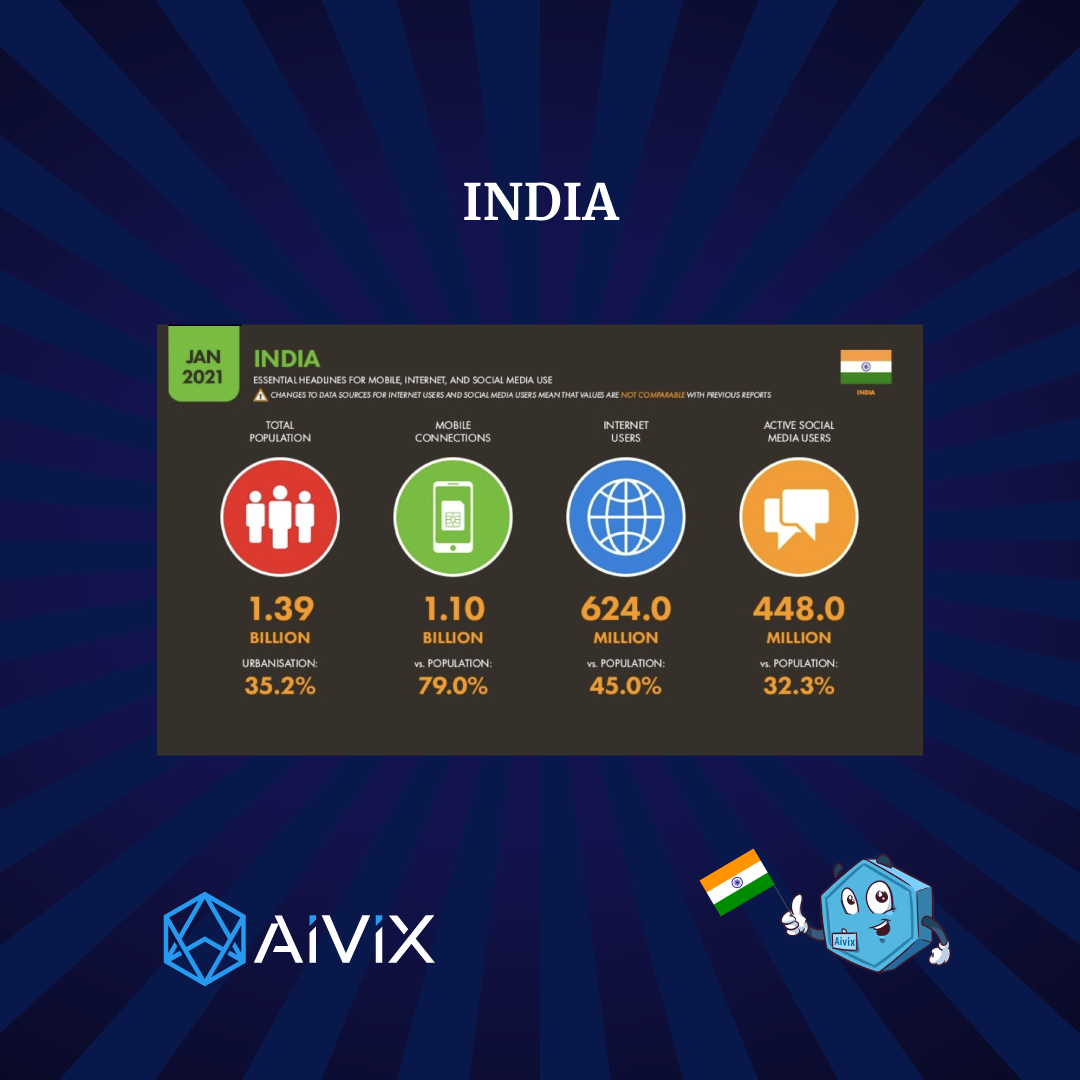
4. Internet in India
In January 2021, India had 624.0 million Internet users.
The number of internet users in India increased by 47 million (+ 8.2%) between 2020 and 2021.
India’s Internet penetration rate in January 2021 was 45.0%.
This figure is projected to grow to over 1.5 billion users by 2040, indicating a large market potential for Internet services for the South Asian country. In fact, in 2019, India was the second largest online marketplace in the world, second only to China. It is estimated that the number of Internet users is increasing in both urban and rural areas, indicating a dynamic increase in Internet access.
Of the total number of Internet users in the country, most people access the Internet through their mobile phones. There were almost as many smartphone users across the country as there were Internet users. The cheap availability of mobile data, the country’s growing smartphone user base, and the usefulness of smartphones over desktops and tablets are some of the factors contributing to intensive mobile internet access in India.
5. Economic development in India
India has one of the largest and most diversified economies in the world, but due to its huge population it is – in terms of income and gross national product (GNP) per capita – one of the poorest countries on earth.
The agricultural sector remains the main employer in the country (about half of the workforce), although, while producing about one fifth of the gross domestic product (GDP), it is no longer the largest source of GDP. Trade, finance and other services together constitute the largest component of GDP.
About one fifth of India’s workforce is employed in the so-called “organized” sector of the economy (eg, mining, plantation agriculture, manufacturing, utilities and modern transport, commercial and service industries). But this small fraction supports most of the middle and upper class population and provides most of the economic growth.
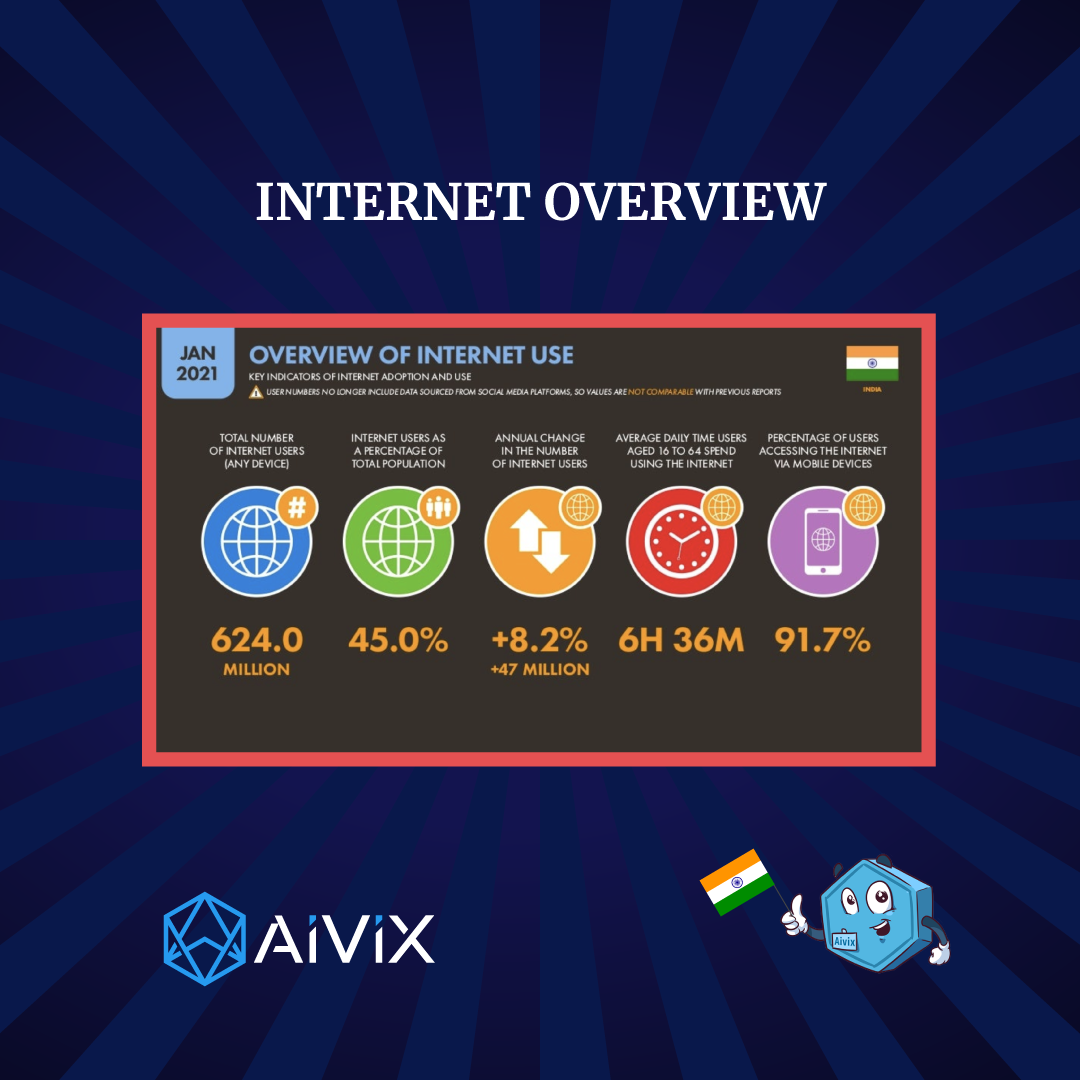
6. Job in India
In 2021, the average salary in India is INR 31,900 (Indian rupees) per month or INR 382,800 per year. That’s $ 428.49 per month at the July 2021 exchange rate.
| Profession | Average salary per month |
| Top manager | 2001.45 USD |
| Healthcare Consultant | 1790.44 USD |
| Data Specialist | 1223.10 USD |
| HR manager | 889.52 USD |
| Data analyst | 666.92 USD |
| Java developer | 555.76 USD |
| Restaurant manager | 498.02 USD |
| Legal consultant | 474.10 USD |
| Journalist | 419.53 USD |
| Interior designer | 333.97 USD |
| Mechanical engineer | 278.53 USD |
| Accountant | 267.17 USD |
| Content author | 267.17 USD |
| Teacher | 267.17 USD |
| Graphic Designer | 203.43 USD |
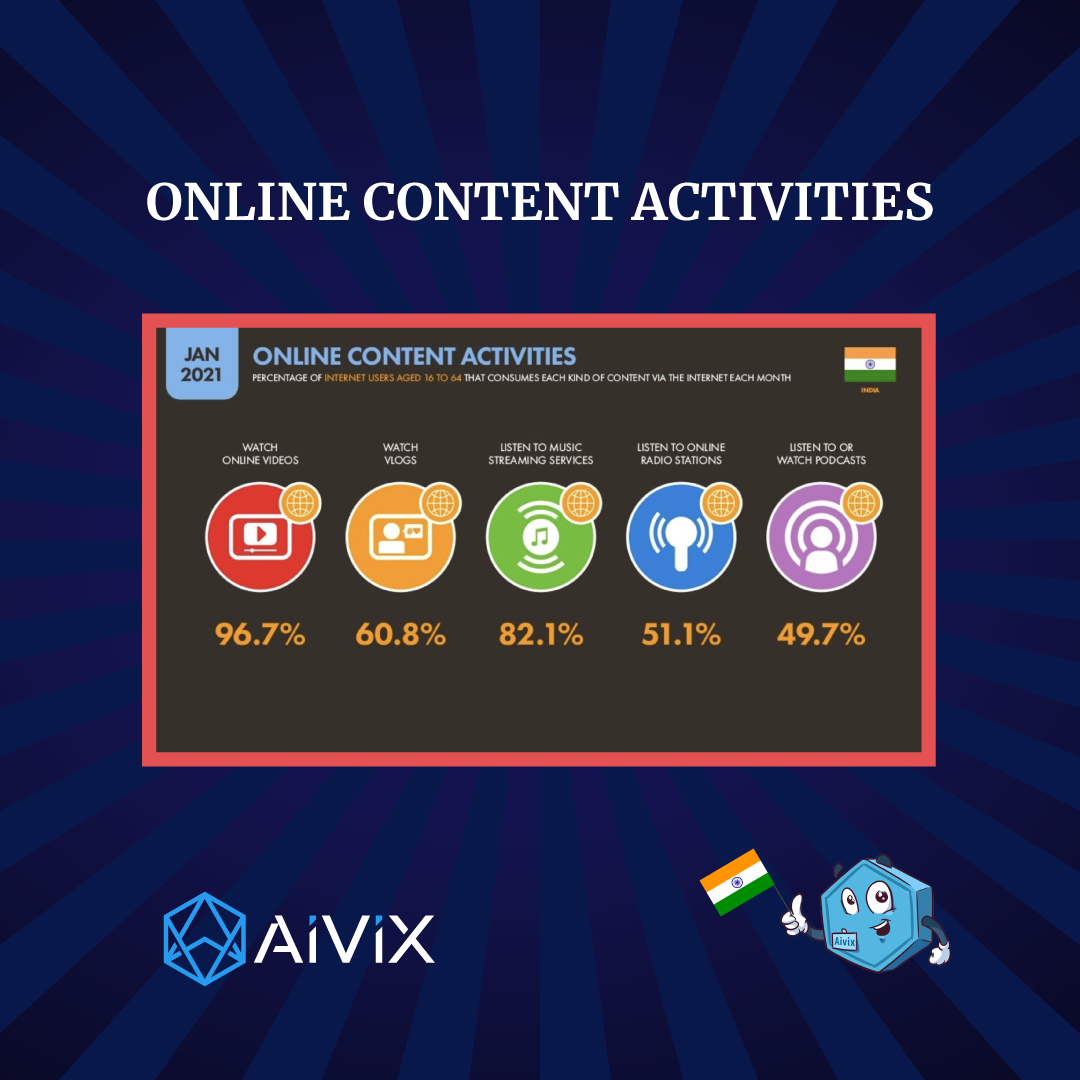
7. Working days and holidays in India
| Date | Holiday | Description |
| January, 1st | New Year | The first day of the year according to the modern Gregorian calendar |
| January, 26 | Republic Day | Anniversary of the Constitution of India in 1950 |
| March, 1st | Mahavir Jayanti | An important religious festival for adherents of Jainism, when they celebrate the birthday of Mahavir, the founder of the Jain religion |
| March, 1st | Mahashivaratri | Hindu holiday in honor of the god Shiva. It is celebrated on the night before the new moon in the spring month of Phalgun |
| March, 18 | Holi | Also known as the “festival of colors”. It is a spring festival celebrated in the Indian subcontinent. It lasts one night and one day. Begins in the evening before the full moon (Purnima) in the Falgun month according to the Indian calendar Vikram-samvat |
| April, 10 | Rama Navami | Hindu holiday, during which the day of the appearance of Rama, the legendary ancient Indian prince, is celebrated. Celebrated on the ninth day of the light half of the month of Chaitra according to the Hindu lunar calendar |
| May, 1st | The 1st of May | A holiday of workers and the working class, which was popularized by the international labor movement |
| May, 8 | Mother’s Day | An international holiday in honor of mothers, also honoring motherhood, maternal responsibilities and the influence of mothers in society. The second Sunday in May in many countries of the world. |
| May, 16 | Buddha’s birthday | A holiday in most of East Asia in honor of the birthday of Prince Siddhartha Gautama, later known as Gautama Buddha and the founder of Buddhism. Celebrated on the full moon of the month of Vaishakha in the Buddhist calendar in India. |
| June, 19 | Father’s day | An annual celebration in honor of fathers, also honoring fatherhood, fatherly responsibilities and the influence of fathers in society. Third Sunday in June in many countries. |
| August, 15 | Independence Day | National Day in India, which celebrates the anniversary of national independence from Great Britain in 1947 |
| October, 2 | Gandhi’s birthday | A holiday in memory of the “father of the Indian state” Mahatma Gandhi, who honors his role in the formation of Indian independence. |
| October, 5 | Vijaya Dashami | One of the most important festivals in Hinduism, which celebrates the victory of good over evil. Celebrated on the tenth day of the month of Ashvin according to the Hindu calendar. |
| October, 24 | Diwali | Festival of Lights in Hinduism. In a spiritual sense, it means the victory of light over darkness, good over evil, knowledge over ignorance and hope over despair. According to the Gregorian calendar, Diwali is celebrated from mid-October to mid-November. |
| November, 8 | Guru Nanak Jayanti | Guru Nanak’s birthday is celebrated on the full moon of the month of Kartik. |
| December, 25 | Christmas | Christian holiday established in honor of the birth of Jesus Christ. In countries like Japan and China, Christmas is popular despite the fact that they are home to a small number of Christians. These states adopted the secular aspects of the holiday, including gifts, decorations, and Christmas trees. |
8. Indian mentality
In most cases, the Indian mentality is that “anything can happen.” It is the foundation of Indian coexistence, which is essential for India’s diversity. It is the Indian way of life – to accept the behavior of others, thinking that anything can happen.
For almost all Indians, the family is the most important social unit. Preference is given to extended families of two or more married couples who share finances and a common kitchen. Marriages are nearly universal, divorces are rare, and children are born in virtually every marriage. Nearly all marriages are contracted by family elders on the basis of caste, consanguinity, economic status, education, and astrology.
9. Advertising in India
The Indian ad market will recover to pandemic levels by 2022, up 12.4%. This will be led by television and digital versus lengthy recovery for print, film, outdoor advertising and radio platforms. The share of digital advertising grew rapidly from 20% in 2019 to 29.4% in 2021 and is expected to reach 32.7% by the end of 2022.
Overall, ad spend in Asia Pacific is projected to grow 8.0% to reach $ 229 billion in 2021. This growth is slightly slower compared to global ad spending, which is expected to grow 10.4% to $ 634 billion. India is the fifth fastest growing ad market in the world in 2021 after Canada, the US, Australia and the UK. India is the fastest growing online advertising market in the world, with a CAGR of 18.8% between 2020 and 2025.
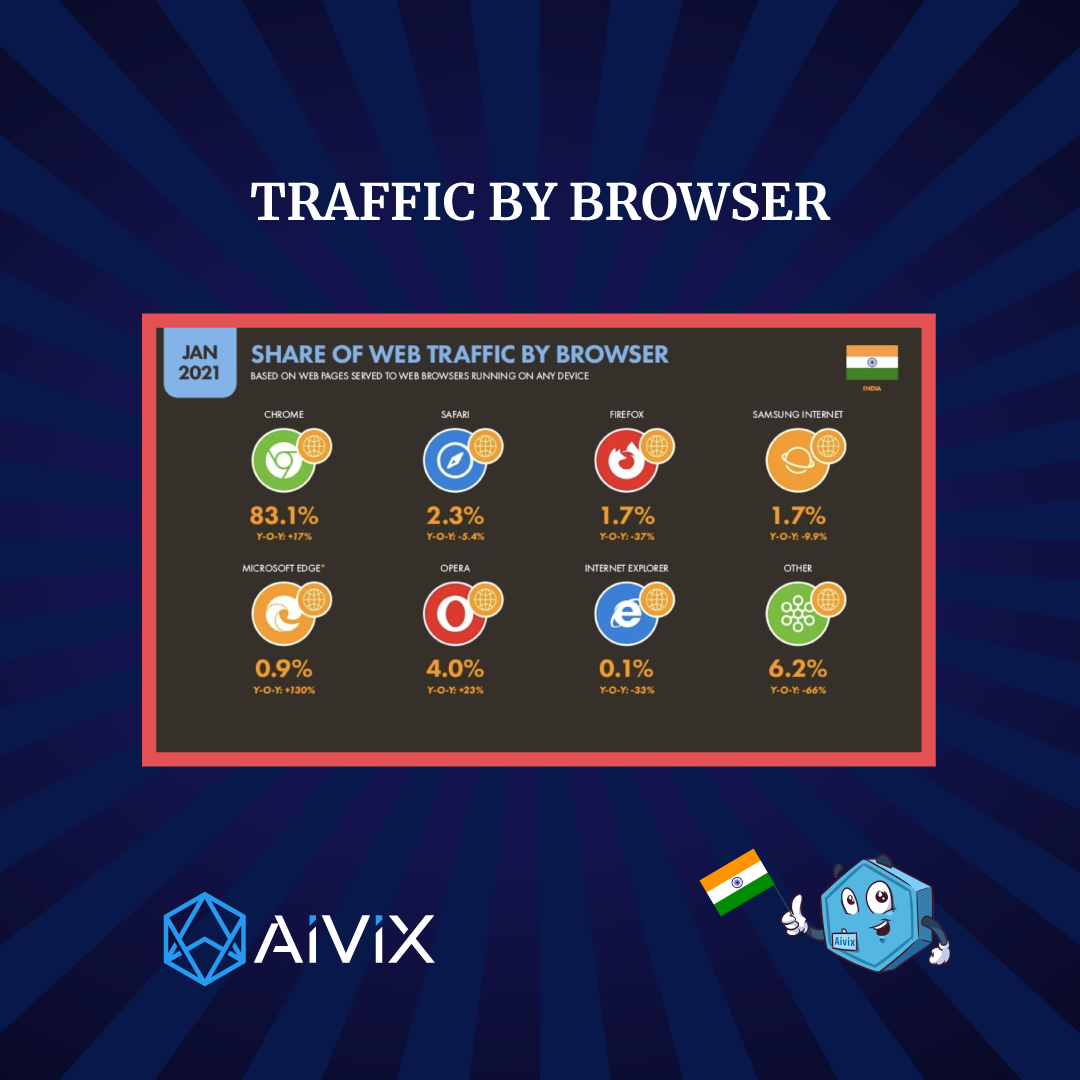
10. Cryptocurrency in India
Bitcoin is the most popular cryptocurrency in India. This is likely due to the fact that it is the longest-lived cryptocurrency and is valued the most, along with limited supply like gold. Proponents even call Bitcoin the “gold standard for cryptocurrencies.”
It is reported that SEBI will be involved in regulating the sector. The central bank has repeatedly warned that cryptocurrencies could raise “serious concerns about macroeconomic and financial stability,” and Prime Minister Narendra Modi said in November that cryptocurrencies could “spoil our youth.” But despite government warnings and details of the planned bill that are still in the shadows, many cryptocurrency investors are hoping they can still trade. The Indian government is not seeking to ban cryptocurrencies, but will regulate them as “assets”. It is reported that all Indian crypto exchanges will come under the jurisdiction of the Securities and Exchange Commission of India (SEBI). Citizens will have to declare their crypto assets and store them on Indian exchanges. They will no longer be allowed to store cryptocurrency on foreign exchanges or private wallets.

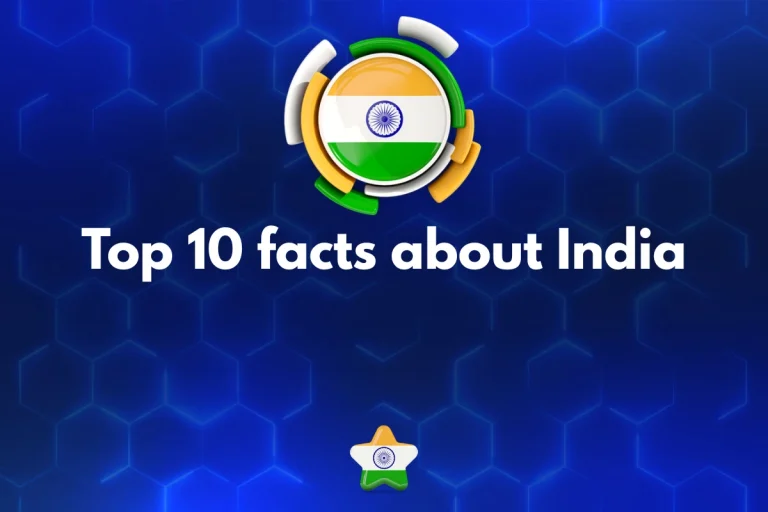
0 Comments